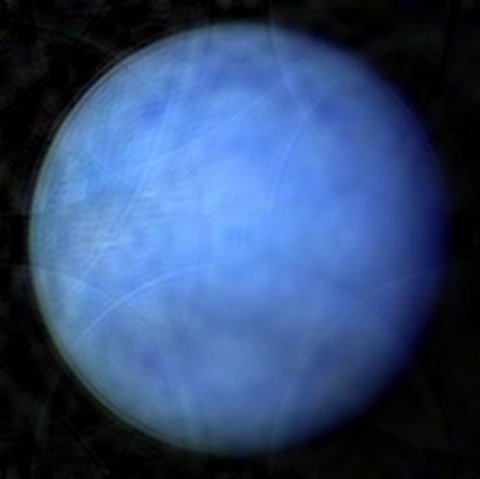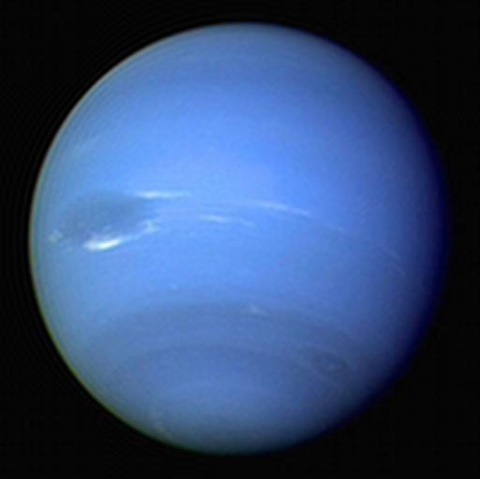As we are interested in color images, one must use both the red, green, and blue channels. For our application, each channel was transformed from RGB to YCbCr. From here, one can downsample the chrominance channels without losing much information. We decided to use the 4:1:1 scheme whereby the Cb and Cr channels are downsampled by 4 in both the horizontal and vertical direction. From here, one can remove high frequency components which are not often seen by the human eye by taking the two-dimensional DCT and keeping only the lower 1/4 DCT coefficients corresponding to the low frequency components. To further reduce the size of the image, one can utilize the properties of vector quantization. In this case, 4b vector quantization was utilized which produced three 16x16 matrices (of type double) consisting of the cell centroids and the corresponding vector indices (three vectors of length 1024 - these vectors range from values 1-16 and therefore can be represented with 4 bits). To restore the image, one reconstructs the image using the indices and centroids along with taking a 512x512 pixel inverse DCT and convert the image back to RGB. The results of this scheme transforms the top-most image to the one directly below. Obviously, some artifacts exist which may not be appropriate for high quality images or study, but further processing techniques can be performed. The above scheme is a “brute force” extreme case where the total data size is reduced from 176KB to 3.637KB.


Without using any type of vector quantization but all of the same steps as described above, one will be shown the following image, which is of much higher quality but significantly larger in size. Using RLE on the DCT coefficients, the resulting image is 48KB:

IMAGE COMPRESSION EXTENSIONS
Many other image processing and data compression techniques can be used to result in further compression. For example, post processing can be done on the earth to restore a color depleted image. For example, one could reduce transmission bandwidth by applying a Bayer CFA pattern to the image, thus reducing color information. In this case, a 2x2 pattern denoted by [blue, green; green, red] is referenced through the entire image. At the blue pixel, the red and green information is set to 0. At red, blue and green is set to 0. Post processing could use color interpolation to fill in the missing color.
Additionally, one could instead take a black and white image and rely on physical probes to add false color later on. For example, if a probe shows the planet contains large amounts of iron, most likely, the planet will take on a red hue.
As previously stated, there are multiple solutions to the data compression issue facing image transmission and proposed is one adequate solution for the Exobuzz mission. It should be noted that all of this testing was performed using the image compression MATLAB code found on the downloads page.



